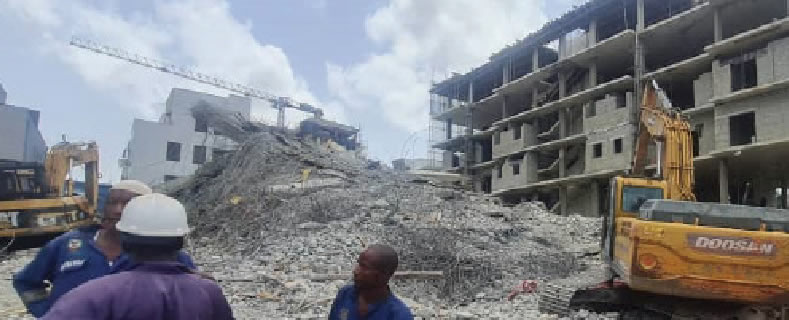 Investigators have recovered critical data from the black boxes of the Air India Boeing 787 that crashed last week, revealing the harrowing final moments of the flight and identifying the probable cause of the disaster. According to preliminary findings from India’s Directorate General of Civil Aviation (DGCA), the aircraft experienced a catastrophic failure of its flight control systems compounded by pilot error during emergency procedures.
Investigators have recovered critical data from the black boxes of the Air India Boeing 787 that crashed last week, revealing the harrowing final moments of the flight and identifying the probable cause of the disaster. According to preliminary findings from India’s Directorate General of Civil Aviation (DGCA), the aircraft experienced a catastrophic failure of its flight control systems compounded by pilot error during emergency procedures.
The cockpit voice recorder captured the pilots’ frantic attempts to regain control of the wide-body jet after an apparent malfunction in the plane’s fly-by-wire system. Audio analysis indicates the crew received multiple automated stall warnings before the aircraft entered an unrecoverable nose dive. Flight data shows the 787-9 descended at nearly 15,000 feet per minute before impacting the Arabian Sea off Mumbai’s coast, killing all 237 passengers and 12 crew members aboard.
Aviation experts consulting on the investigation noted the recorded data suggests similarities to previous Boeing flight control system issues, though they emphasized the inquiry remains ongoing. The recovered black boxes—found at a depth of 3,700 meters—provided crucial evidence after an extensive multinational search operation involving deep-sea submersibles.
Air India has grounded its remaining 787 fleet pending safety inspections, while Boeing faces renewed scrutiny over its flight control software. The U.S. manufacturer released a statement expressing condolences and pledging full cooperation with investigators.
Relatives of victims have been briefed on the findings, with many demanding accountability from both the airline and aircraft manufacturer. The DGCA expects to release its final accident report within nine months as recovery teams continue searching for wreckage that could provide additional clues.





